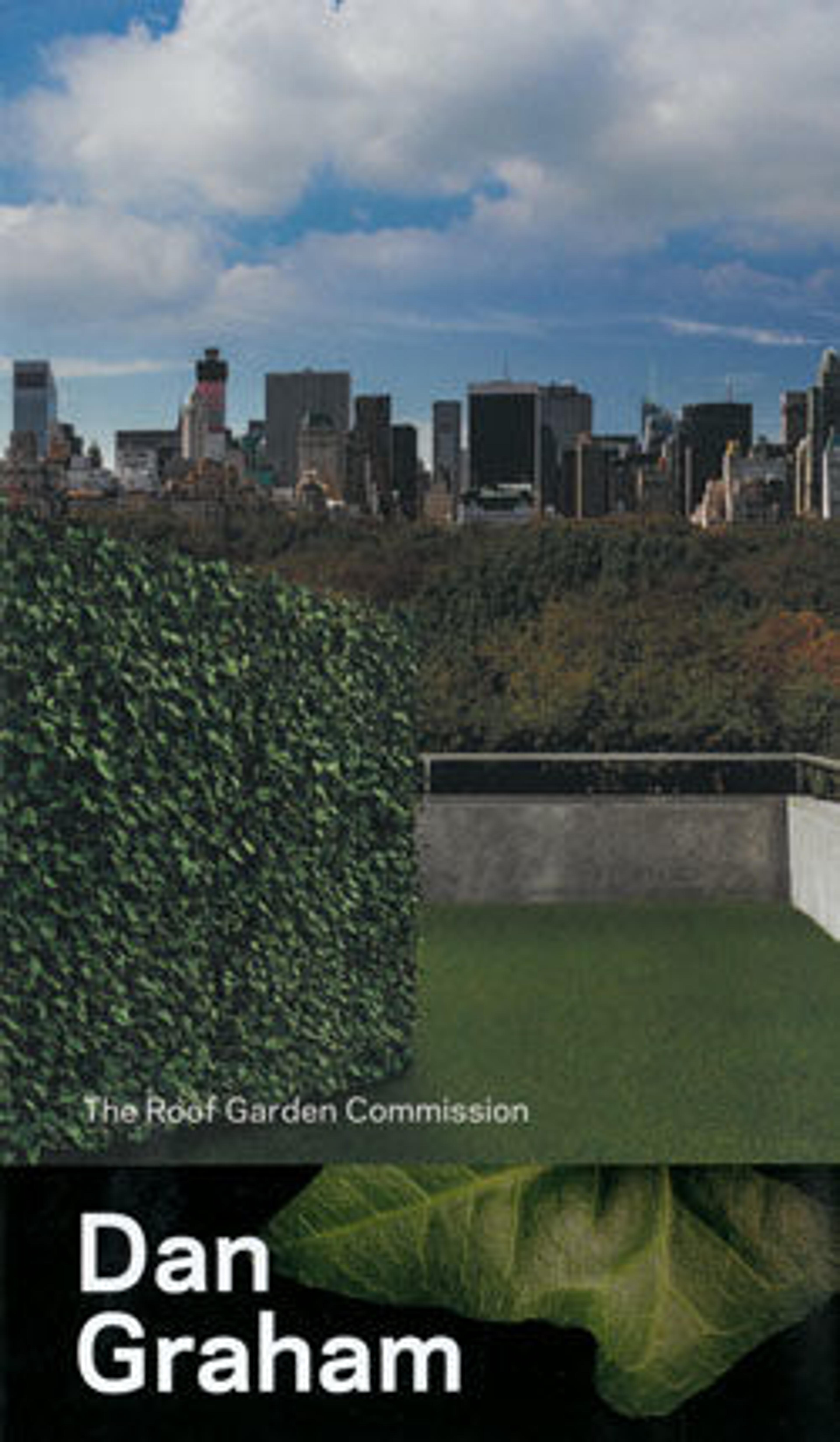"Reflective-Glass" Office Building, Los Angeles
From the Bechers' dilapidated industrial architecture to Ed Ruscha's parking lots and gas stations, much Conceptual art has dealt with issues of architecture and public space. Graham is most famous for his seminal photoessay "Homes for America" (Arts Magazine, 1967), in which the artist related the serial, repetitive patterns and primary structures of Minimalism to the postwar suburban tract housing of Levittown and Fair Lawn-architectural emblems of alienation and social anomie. Like Ruscha, Graham cultivated the look of the amateur in his technique in order to distinguish his images from what he saw as the pretensions of art photography.
In the 1970s Graham became increasingly interested in the reflective glass skyscraper as the ur-form of monolithic corporate architecture. "The glass' transparency," the artist wrote the year after making this photograph, "not only falsely objectifies reality, but it is a paradoxical camouflage; for while the actual function of a corporation may be to concentrate its self-contained power and control by secreting information, its architectural façade gives the illusion of absolute openness."
In the 1970s Graham became increasingly interested in the reflective glass skyscraper as the ur-form of monolithic corporate architecture. "The glass' transparency," the artist wrote the year after making this photograph, "not only falsely objectifies reality, but it is a paradoxical camouflage; for while the actual function of a corporation may be to concentrate its self-contained power and control by secreting information, its architectural façade gives the illusion of absolute openness."
Artwork Details
- Title: "Reflective-Glass" Office Building, Los Angeles
- Artist: Dan Graham (American, Urbana, Illinois 1942–2022 New York)
- Date: 1978
- Medium: Chromogenic print
- Dimensions: Image: 13 1/4 in. × 9 in. (33.7 × 22.8 cm)
Sheet: 13 1/4 in. × 9 in. (33.7 × 22.8 cm)
Mount: 28 3/8 in. × 20 in. (72 × 50.8 cm) - Classification: Photographs
- Credit Line: Gift of the artist, 2001
- Object Number: 2001.366.3
- Rights and Reproduction: © Dan Graham
- Curatorial Department: Photographs
More Artwork
Research Resources
The Met provides unparalleled resources for research and welcomes an international community of students and scholars. The Met's Open Access API is where creators and researchers can connect to the The Met collection. Open Access data and public domain images are available for unrestricted commercial and noncommercial use without permission or fee.
To request images under copyright and other restrictions, please use this Image Request form.
Feedback
We continue to research and examine historical and cultural context for objects in The Met collection. If you have comments or questions about this object record, please contact us using the form below. The Museum looks forward to receiving your comments.
